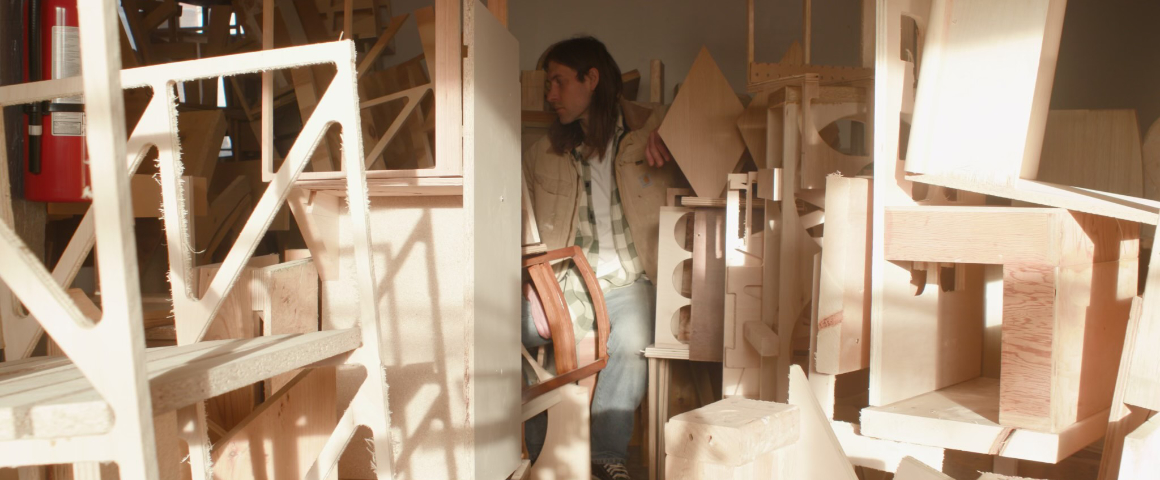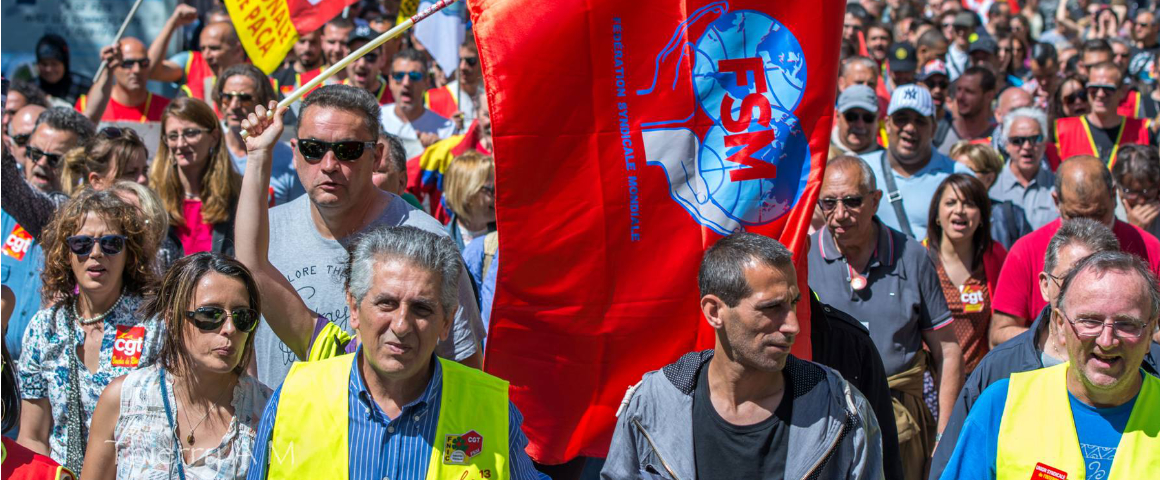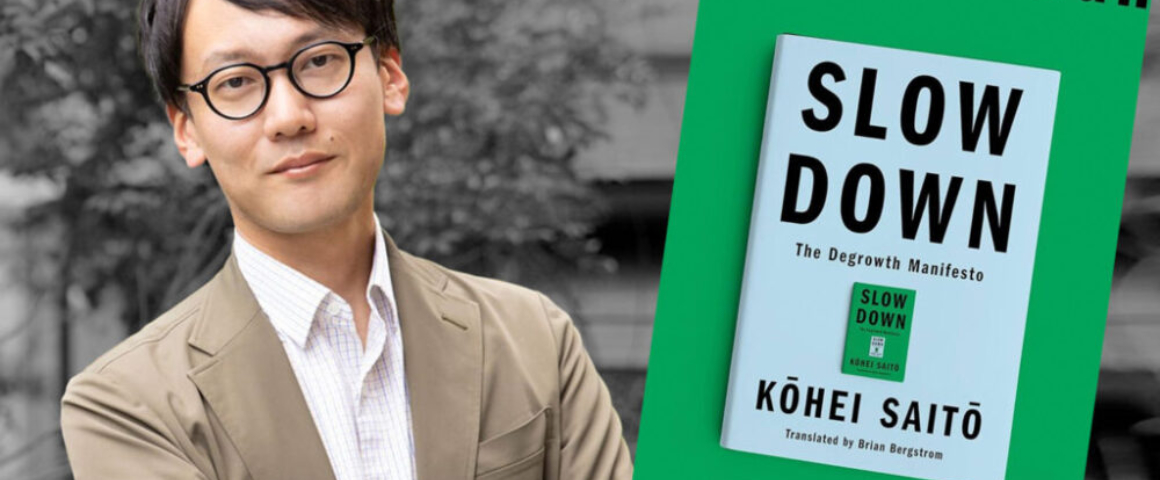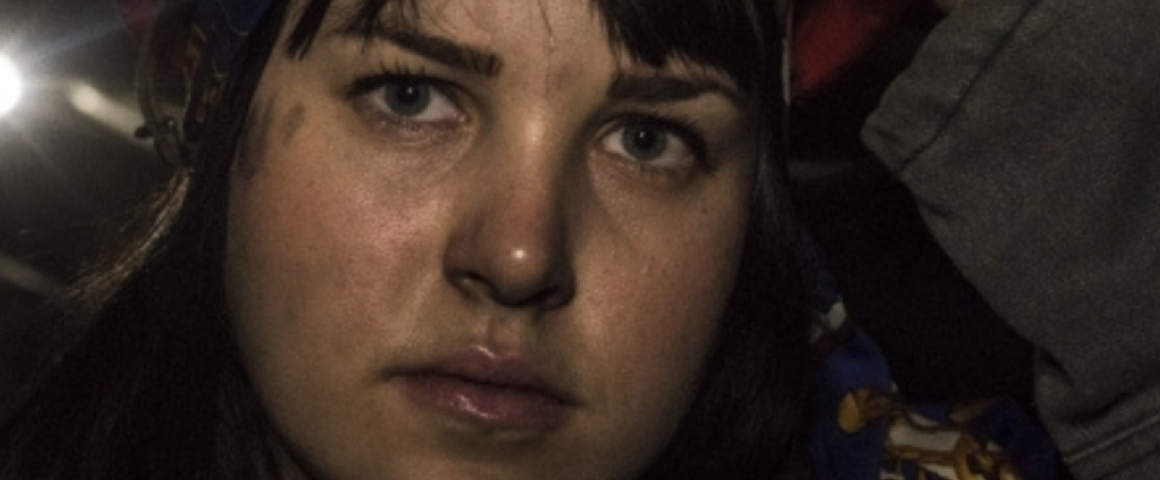This month, People’s Voice is hosting its second Exiles from the Future fundraising art exhibition at Pumice Raft gallery in Toronto. Manden Murphy and Dave McKee spoke with Toronto artist Liam Crockard, whose work Grand National Holiday will be featured, about labour as a subject in his art.
Manden Murphy: Labour’s been a consistent motif in your work for years, and it seems to articulate itself in two clear ways. First, the labour of actually making the work is extremely visible. That’s true of your collage work like Closed Shop, the piece that you showed at our last fundraiser, and the DIY nature of All Thumbs, in which the labour of making it is clear from the scraps of wood and the material that you’re finding – someone else has clearly worked on them, but then there’s your manipulation of these things. So, your labour in the work is very clear.
But you also utilize labour as a subject within the work, reflecting on labour as a social relation in production. So, what attracted you to labour as a subject, and how has it sustained your interest for ten-plus years?
Liam Crockard: It’s a reality of how I live in the world. There’s the right alchemy of having very encouraging parents who were themselves engaged with culture, but who have always been people who’ve had to work and are still working. I don’t think I ever experienced class shame.
MM: Labour is constantly the elephant in the room in the art world, and you are constantly shoving our noses in it. But it’s the double side of labour – the labour of making the work and also labour as a social relation that exists to make the institutions that we see art in.
LC: I think the former is much more common than the latter in the art world. It’s either an unpacking at a highly conceptual level of the cost of the exhibition or who works here or there in a dry sort of way. or it’s a herculean “10,000 hours” style of “look how much work went into this and it’s impressive because of that” piece.
I guess I haven’t seen the two married that often, in which the work is about the work is about the work. In some ways, it’s a question of not shying away from that. And I think approaching it creatively keeps the reality of what’s going to be my life for a long time, meaning working, interesting and engaging. It allows me to insert some level of fantasy into what I do for my bread, and introduces a bit of bread into what I do for my fantasy.
Dave McKee: When you put labour front and centre in the way that you do, how does that change the viewer’s experience and reaction?
LC: I know that it makes some people uncomfortable, although it goes both ways. Last year I had a chance to show a film I made with my friend Ian Willms, called At The Chair Factory. One person who came was very firmly embedded in the art world, not from a position of deep social engagement, and they had a valuable and enjoyable experience. And I also remember someone else asking me, “Why did you want to watch people work?” The question fried my brain! The only answer I had was, “Why not?”
But now, my answer would be that, even on an aesthetic level, it’s an incredibly sensually appealing thing to do, to watch someone who knows what they’re doing, working. And to watch an entire mechanism of that, without the attempt to narrativize over it, and just be able to sink into it – a lot of people really enjoyed that. It marries the aesthetic experience of work with the duration experience of making artwork.
MM: It’s sort of the most literal representation of breaking the fourth wall, in that you’re forcing everyone to literally look at the labour that goes on behind, in that case chairs. And then it’s a small leap to the history of labour itself and the question of labour organizing, which is something you flirt with. I’m thinking of the chairs you make for your work All Thumbs and how you post each new chair on Instagram with a little comment.
So, there’s this post with one of the chairs: “Day 375: As workers’ morale plummets, unfortunate accidents are more and more common.” Another says, “All Thumbs: Health guidelines.” Another says, “All Thumbs on a budget.” These speak to a working-class concern.
LC: Well, they’re speaking to the reality of industrial work. And for me it’s tongue-in-cheek in the sense that this is about as “artisan” as it can be, like beyond function. It [the chair] isn’t just a one-off, it’s useless! And using Instagram as the platform enters into this fantasy notion of how we brand ourselves online as artists, how we create products for consumption and how we try to sell them.
MM: I also wanted to ask you about Grand National Holiday, a series of mugs with decals on them. This is the work you’ll have in the Exiles from the Future Vol 2 show, and it’s just straight up about organizing, labour, coffee breaks, the history of a particular factory. What was the inspiration for that work?
LC: Well, that piece and Closed Shop and Francis Place are three pieces that look at specific historical moments, within the context of labour. “Grand National Holiday” is basically the first term used for a general strike. It was coined by William Benbow, who ran a coffee shop in England during the Industrial Revolution and facilitated labour organizing in its most nascent form. And he proposed, in a sort of whimsical way, a Grand National Holiday which would be a spontaneous holiday that all workers would take, all at once. It’s the most heartening version of a general strike. Benbow conceived of it as something that would be taken not just to advance the concerns of people who had little to no rights at the time, but that it would be something taken for pleasure. It’s a delightful idea, and it connects well to art and my relationship with it.
So, I found this graphic in a book about union organizing. It’s a very simple Figure A and a Figure B illustration, with all of these people with letters on their shirts in a jumbled crowd in Figure A and then all lined up in a row in Figure B, where the letters spell out “Organize.”
I tried to make this almost literal, holdable history lesson and have it be a piece that is inherently social. For a while I was stuck on the idea of having it be not functional – initially it was conceived with one of the mugs being broken. But now I really like the idea that they are something that can be used. Because the tension I was interested in, is illustrated in liberating the piece from its “shelf status.”
Once it comes off the shelf and gets used by people, it does what the work is supposed to do anyway – which is to both challenge the utopian visions we create for ourselves about what organizing looks like, and still get people together in a room, sitting together and drinking coffee.
Photo: Michelle Homonylo
Support socialist media!
If you found this article useful, please consider donating to People’s Voice or purchasing a subscription so that you get every issue of Canada’s leading socialist publication delivered to your door or inbox!
For over 100 years, we have been 100% reader-supported, with no corporate or government funding.




